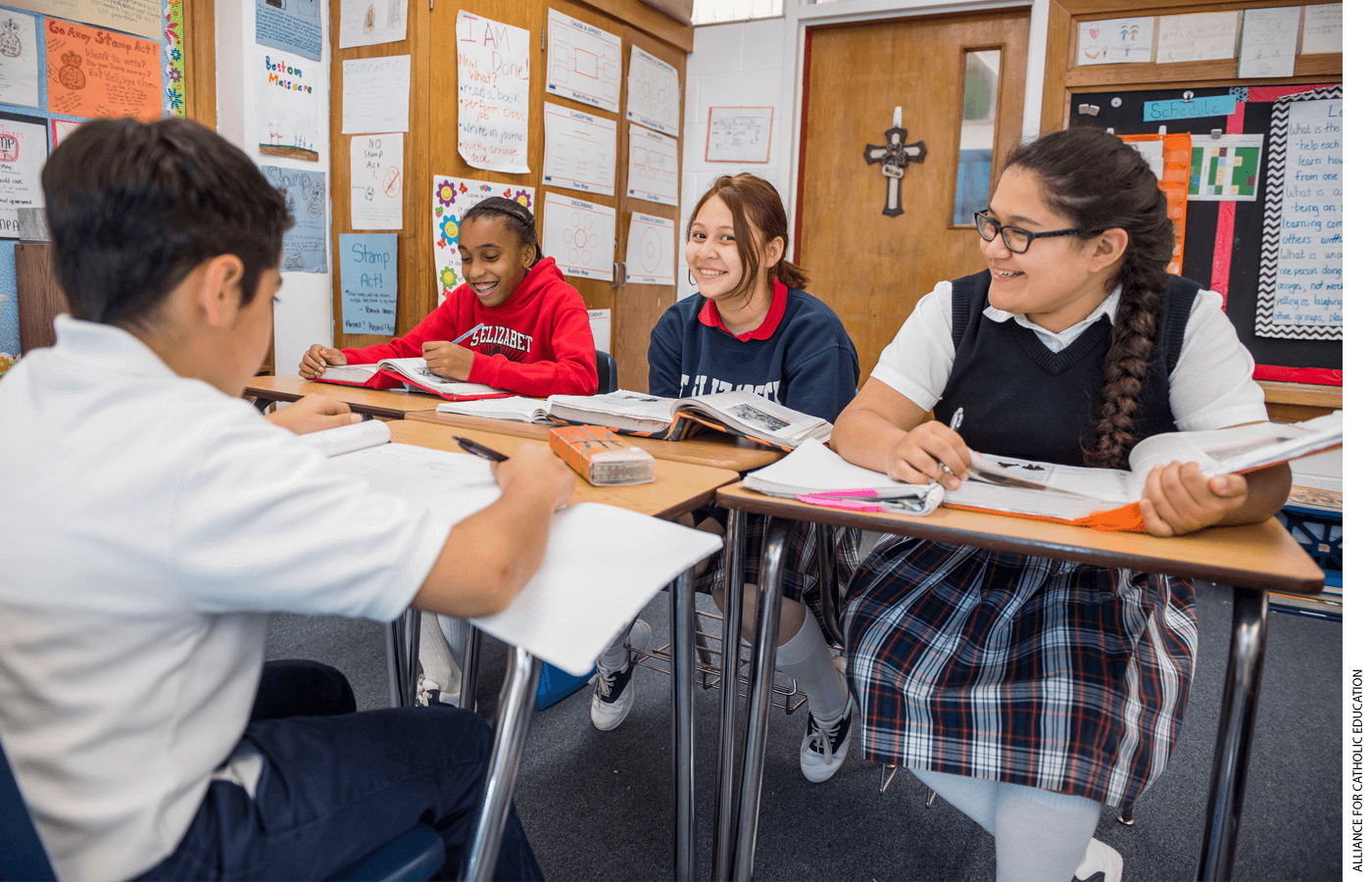
In June 2022, the U.S. Supreme Court held in Carson v. Makin that Maine violated the Free Exercise Clause of the First Amendment by excluding religious schools from a private-school-choice program—colloquially known as “town tuitioning”—for students in school districts without public high schools. Writing for the majority, Chief Justice John Roberts concluded that “the State pays tuition for certain students at private schools—so long as the schools are not religious. That is discrimination against religion.”
Carson was, in some ways, unremarkable. For the third time in five years, the court held that the Constitution prohibits the government from excluding religious organizations from public-benefit programs, because religious discrimination is “odious to our Constitution.” But the fact that Carson was not groundbreaking does not mean that it is not important. On the contrary, Carson represents the culmination of decades of doctrinal development about constitutional questions raised by programs—including parental-choice programs—that extend public benefits to religious institutions. Among the most important of these questions is whether there is “play in the joints” between the First Amendment’s religion clauses—the Free Exercise Clause and the Establishment Clause—that might permit government discrimination against religious institutions in some situations. Going forward, the answer in almost all cases is likely to be no. Both clauses, the court has now made clear, require government neutrality and prohibit government hostility toward religious believers and institutions. (The court clarified—but did not overturn—its 2003 decision in Locke v. Davey. In that case, the justices upheld, by a vote of 7–2, a Washington State law prohibiting college students from using a state-funded scholarship to train for the ministry; that law, the court ruled, did not violate the Free Exercise clause. Arguably, Carson narrows and effectively confines Locke to its facts by characterizing it as advancing only the “historic and substantial state interest” against using “taxpayer funds to support church leaders.”)
Carson does, however, leave at least two important questions unanswered. The first concerns the decision’s scope. The holding makes explicit that “a State need not subsidize private education. But once a State decides to do so, it cannot disqualify some private schools solely because they are religious.” Carson is silent, however, on what it means for the government to “subsidize private education.” In particular, it leaves unanswered the question of whether the nondiscrimination mandate applies to charter schools, which are privately operated but designated “public schools” by law in all states—and supported by tax dollars. Does the Free Exercise Clause require states to permit religious charter schools?
The second question concerns which regulations states may lawfully impose as a condition of participation in private-school-choice programs. Right after the court issued its decision, for example, Maine’s attorney general, Aaron Frey, clarified that all private schools taking part in the program, including religious schools, are bound by the Maine Human Rights Act, which prohibits discrimination on the basis of sexual orientation or gender identity. As a result, while Carson opened the door for religious schools to participate in the tuition-assistance program, many declined to do so because of the tension between the non-discrimination mandate and their religious commitments. Carson says nothing about whether such non-discrimination mandates—or other regulations that some faith-based schools may find objectionable on religious grounds—are constitutionally permissible.
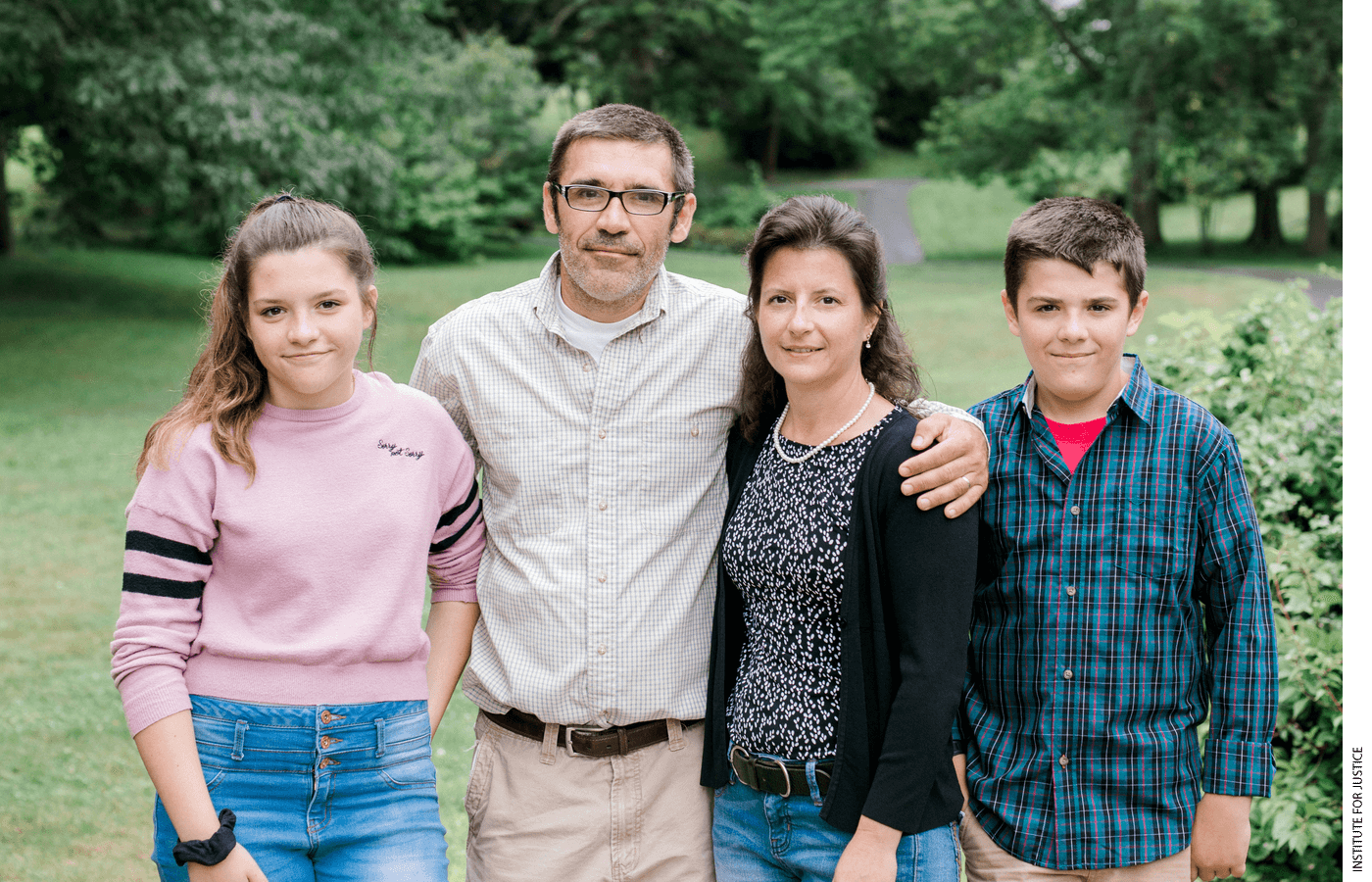
Understanding Carson
In rural Maine, many small school districts have no high school. Since 1873, the state has given these districts the option of permitting residents to use public funds to attend private schools. Students could use these funds at religious schools until 1980, when the state decided that the Establishment Clause prohibited the practice. At the time, this conclusion was defensible: The Supreme Court’s existing Establishment Clause doctrine could be interpreted to prohibit students from using public funds at religious schools. Beginning in the 1980s, however, the court shifted course and began rejecting challenges to programs aiding religious-school students. When the exclusion of religious schools from the tuition-assistance program was first challenged in 1996, it remained unclear whether the constitution permitted, let alone required, Maine to permit participating students to attend religious schools. (I was one of the lawyers who filed that first challenge, Bagley v. Town of Raymond. We lost on establishment-clause grounds.)
In 2002, in Zelman v. Simmons-Harris, the Supreme Court upheld a voucher program enabling disadvantaged children in Cleveland to attend religious schools. The court concluded that the program did not violate the Establishment Clause for two reasons. First, it was “religion neutral,” giving students the option of attending either secular or religious schools. Second, religious schools benefited only indirectly, as the result of parents’ independent choices.
Zelman clarified that states could include religious schools in private-school-choice programs but was silent about whether they could choose not to, as Maine continued to do. The answer to this question unfolded in three recent cases. Trinity Lutheran Church v. Comer (2017) held that Missouri unconstitutionally excluded a religious preschool from a playground resurfacing program. Espinoza v. Montana (2020) found that the Montana Supreme Court violated the Free Exercise Clause by invalidating, on state-constitutional grounds, a private-school-choice program because it included religious schools. And finally, Carson rejected the argument that there is a constitutionally relevant distinction between discrimination based on the religious character (or status) of an institution and discrimination motivated by a desire to avoid spending public funds on religious conduct (for religious use). In Carson, this so-called “status-use” distinction undergirded the argument that Maine was not discriminating against schools for being religious, but rather because they taught religion. Carson clarifies that the court has “never suggested that use-based discrimination is any less offensive to the Free Exercise Clause” than status-based discrimination. This clarification by the court is important. Since integrating religious and secular instruction characterizes schools in many faith traditions, asking them to stop teaching religion is tantamount to asking them to stop being religious.
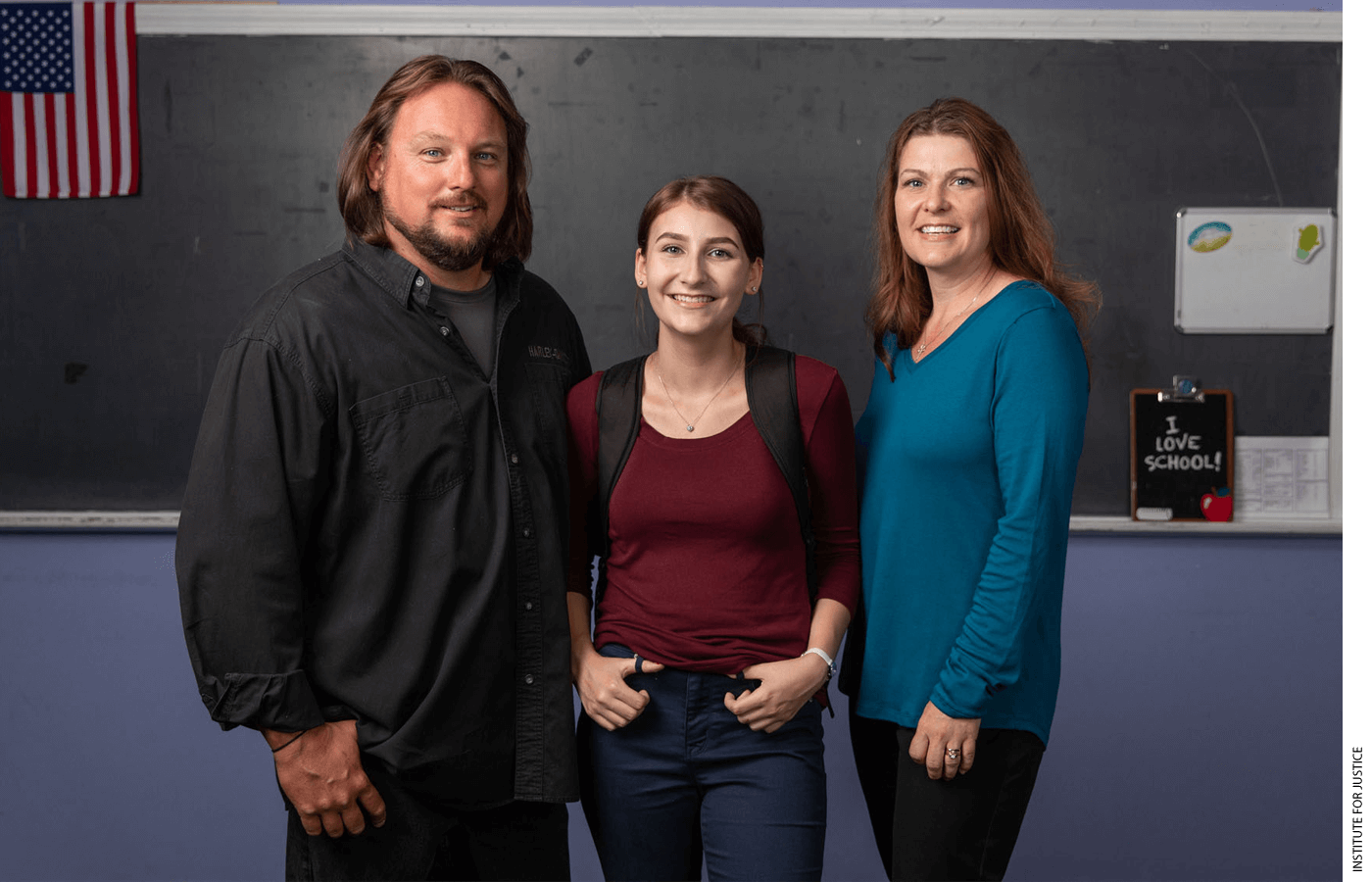
Religious Charter Schools
Carson has few immediate implications for existing private-school-choice programs. Thirty-one states, D.C., and Puerto Rico each have one or more such programs, and only two states—Maine and Vermont—ever excluded religious schools. In the medium term, however, the Carson decision may open the door to (and certainly will prompt litigation about) religious charter schools. Here’s why: Carson makes clear that states choosing to fund private education must extend benefits to religious schools. And, although Carson does not address the question of religious charter schools, if charter schools are constitutionally analogous to private schools then—as one state attorney general recently concluded—charter-school laws prohibiting religious charter schools (as all such laws do) are unconstitutional.
This question has enormous implications for education policy, since charter schools command a sizable portion of the K–12 market. While the private-school-choice movement has gained tremendous momentum in recent years, only just over 700,000 students—about 1.3 percent of all K–12 students or 15 percent of all private-school students—participated in a private-school-choice program in 2021–22. In contrast, charter schools, which are authorized in 44 states and D.C., educate nearly 3.5 million students (7 percent of all public-school students). Charter schools are privately operated but universally designated by law to be “public schools.” All state charter laws require charter schools to be “secular”; many prohibit religious institutions from operating them at all.
The constitutionality of laws prohibiting religious charter schools was in question before Carson. Indeed, Justice Stephen Breyer flagged the issue in dissent in Espinoza, asking, “What about charter schools?” He reiterated his question in his Carson dissent: “What happens once ‘may’ becomes ‘must’? . . . Does it mean that . . . charter schools must pay equivalent funds to parents who wish to give their children a religious education?”
The answer turns on a legal doctrine unrelated to religion, known as the “state action” doctrine. Under this doctrine, privately operated entities are not bound by the federal Constitution except when their actions are effectively the government’s actions. The state-action question is pivotal, because the Supreme Court has made clear that the Establishment Clause requires government actors, including district public schools, to be secular. Thus, if charter schools are state actors, state laws requiring them to be secular are not only constitutionally permissible, but also constitutionally required. On the other hand, if charter schools are not state actors, then states, after Carson, not only may permit religious charter schools but also must. That is to say, if charter schools are, for federal constitutional purposes, private schools, then charter-school programs are programs of private choice, and states cannot prohibit religious schools from participating in such programs.
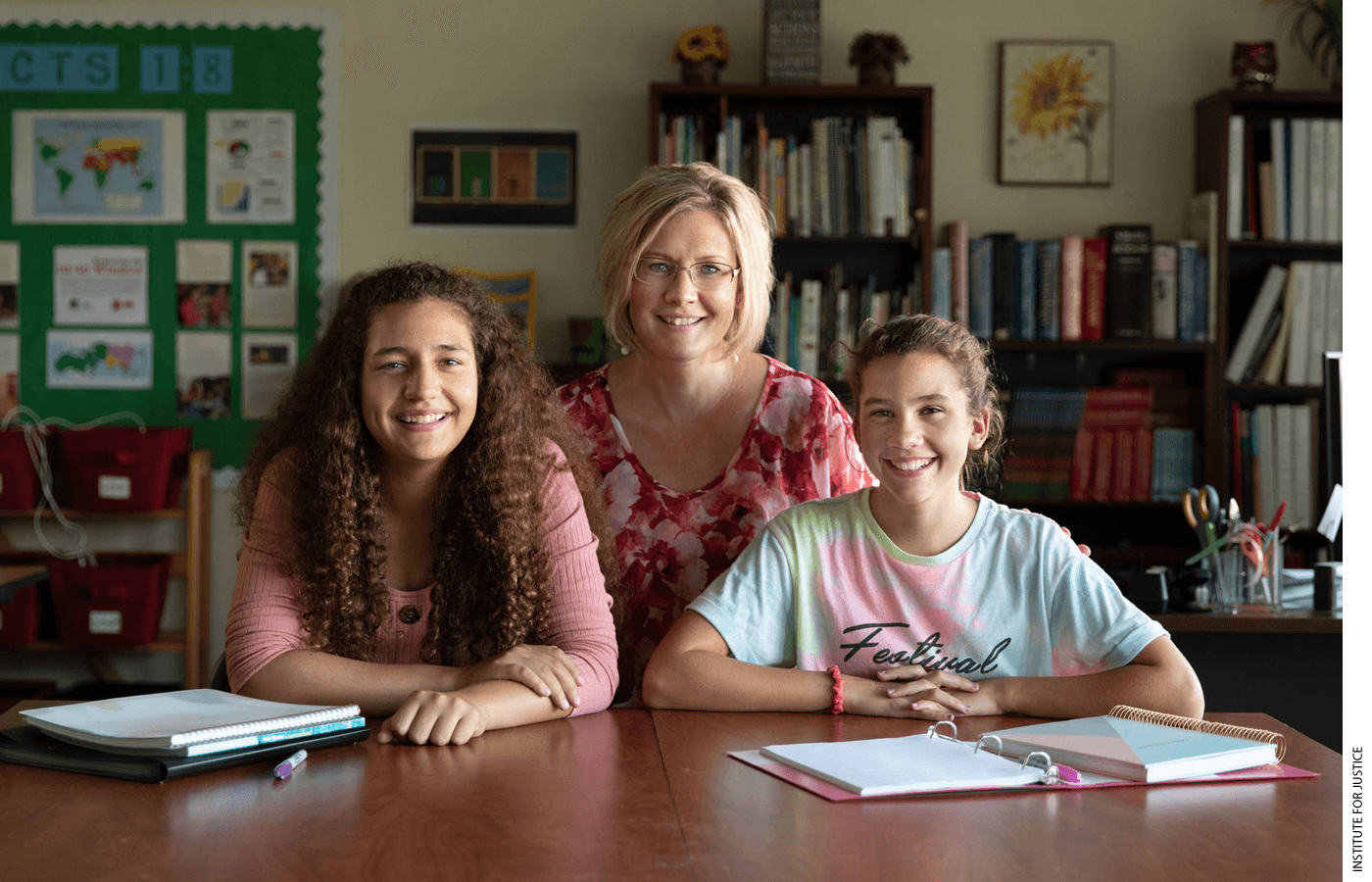
Charter schools are, by design, distinct from district schools. Most importantly, they are privately operated and exempt from many public-school regulations. But are they different enough from district schools to be treated, for federal constitutional purposes, as private schools? The answer is far from straightforward. The Supreme Court has articulated a number of factors to determine whether a private institution is a state actor. These include whether it is performing a function that has been “traditionally the exclusive prerogative of the State”; whether the government controls it to such a degree that it is a governmental agent; and the degree of interdependence (or “entwinement”) between the government and the private actor. The overarching inquiry is whether there is a “sufficiently close nexus between the state and the challenged action to attribute the action to the government.” As the Supreme Court has observed, “a State normally can be held responsible for a private decision only when it has exercised coercive power or has provided such significant encouragement, either overt or covert, that the choice must in law be deemed to be that of the State.”
It is easier to explain which attributes of charter schools do not make them state actors than to explain which ones might: First, they are not state actors, because they are schools. Education obviously is not “traditionally the exclusive prerogative of the state,” since millions of children are—and have long been—educated in private schools or at home. Second, the fact that the law calls them “public schools” does not automatically mean they are state actors. The Supreme Court has held that legal categorization of an entity as public or private is not dispositive of the state-action question. Third, the fact that state laws enable their creation does not necessarily make them state actors. After all, most private schools (as well as most charter schools) are operated by private corporations, which do not exist before a state grants their corporate charter. Clearly, issuing a corporate charter to a private corporation does not make it a state actor. Fourth, they are not state actors simply by virtue of being regulated and funded by the government. In Rendell-Baker v. Kohn (1982), the Supreme Court found that a private school was not a state actor even though it was heavily regulated by, and received more than 90 percent of its funds from, the government. “The school,” the court observed, “is not fundamentally different from many private corporations whose business depends on [government] contracts. Acts of such private contractors do not become acts of the government by reason of their significant or even total engagement in performing public contracts.”
Federal courts are divided on the state-action question. In 2010, the U.S. Court of Appeals for the Ninth Circuit held that an Arizona charter school was not a state actor in a lawsuit challenging a teacher’s termination as a violation of the 14th Amendment’s due process clause. The court rejected the claim that charter schools’ legal designation as “public schools” controlled the state-action question and found an insufficient nexus between the state and the school’s decision to fire the teacher, concluding that the termination was the purely private action of a private corporation. In contrast, earlier this year, the U.S. Court of Appeals for the Fourth Circuit held that North Carolina charter schools are state actors in a case alleging that a classical charter school’s dress code, which requires girls to wear skirts, violates the 14th Amendment’s equal protection clause. The majority’s opinion turned on several factors, including the degree of public funding and the fact that North Carolina law calls charter schools “public” schools. The majority also said that the state had delegated its constitutional obligation (to provide public education) to charter schools. Several judges vigorously dissented, arguing that the majority opinion adopted an expansive definition of state action that is inconsistent with Supreme Court precedent.
No court has yet considered the question of whether the First Amendment permits and/or requires states to authorize religious charter schools, although litigation is undoubtedly on the near horizon. In December 2022, the attorney general of Oklahoma, John O’Connor, issued an opinion letter finding that provisions of state law prohibiting charter schools from being operated by or affiliated with religious organizations and requiring them to be “nonsectarian” in all operations likely violates the First Amendment. Having found that charter schools are not state actors, he concluded that “the State cannot enlist private organizations to ‘promote a diversity of educational choices,’ and then decide that any and every kind of religion is the wrong kind of diversity. This is not how the First Amendment works.” Although an attorney general’s opinion does not have the same legal standing as a court opinion, the state will permit religious charter schools for the time being.
Charter schools defy easy categorization, and it could be years before the Supreme Court weighs in on the issue (although a petition asking the court to review the Fourth Circuit’s decision is pending currently). It is also possible that, given variations in the ways they are regulated, charter schools may be state actors in some states, where they are more closely controlled by states or school districts, but not in others, where they enjoy significant operational autonomy. That said, it is my view that, in most states, charter schools are not state actors. If that is right, then charter schools are essentially programs of private-school choice, which Carson holds not only may permit religious charter schools but must permit them. That does not mean that religious schools must, should, or will seek authorization to operate as charter schools. Many may reasonably decide not to, especially in states with robust private-school choice. Indeed, a number of education reformers reacted negatively to the Oklahoma attorney general’s opinion authorizing religious charter schools; these critics raised prudential concerns about the risk of greater governmental control over charter schools than schools participating in private-school choice programs. I share many of their concerns and embrace their support for expanding private-school choice. But the prudential question of whether religious organizations should operate charter schools is not the same as the legal question of whether the Constitution gives them the right to do so—and a strong case can be made that it does. That case likely will be tested in court sooner or later.
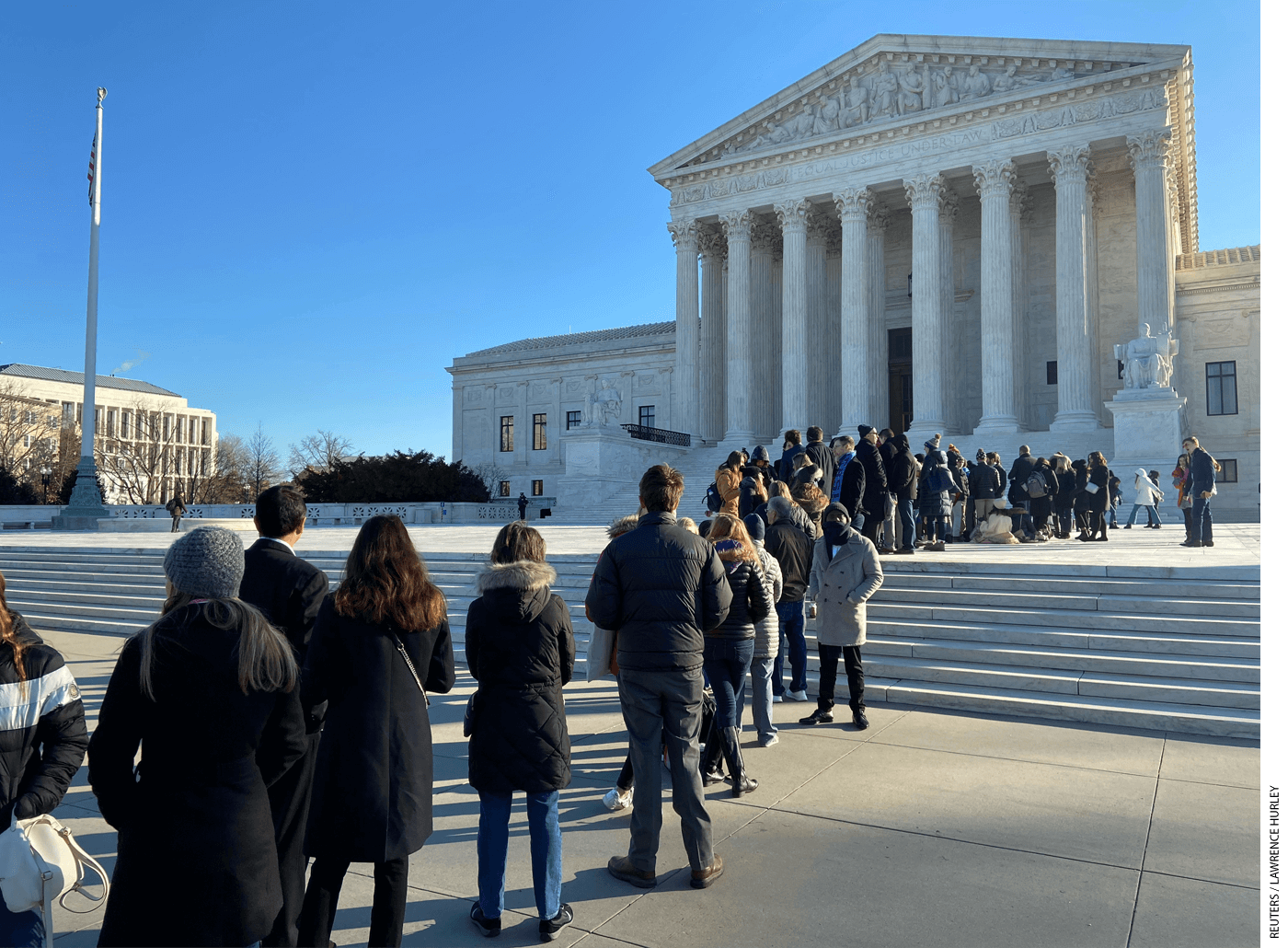
The Regulatory-Strings Question
A second question left unanswered in Carson concerns the range of regulations that can be constitutionally imposed on participants in choice programs. Carson prohibits states from requiring schools to secularize as a condition of participation in a funding program, but there are many other regulations that schools might object to on freedom-of-religion grounds. Maine reminded schools about the state’s nondiscrimination requirements, which led many religious schools to decline to participate. Thus far, no school has challenged these regulations.
Private schools in the United States are lightly regulated. The same is true of private schools participating in choice programs, although most states impose modest additional requirements on the latter—for example, requiring them to hire minimally qualified teachers, to administer a standardized test (but typically not the state test), and to teach certain basic subjects. A handful of programs regulate student admissions. For example, Louisiana requires schools to randomly select scholarship recipients, D.C. prohibits schools from considering religion in admissions, and Maryland prohibits schools from discriminating on the basis of sexual orientation and gender identity or expression.
Before turning to the “regulatory strings” question, it is important to note that the government undoubtedly could impose many additional regulations on private schools regardless of whether they accept public funds. Private and religious schools might object, for example, to a rule requiring them to administer the state achievement test, but such a requirement would be constitutional. States have chosen to lightly regulate private schools. I believe that choice is a wise one that respects and fosters educational pluralism. But many of the regulatory choices made by states with respect to private schools are the result of political compromise, not constitutional mandate.
This is true even of some regulations burdening religion. Under existing doctrine, the Free Exercise Clause does not prohibit regulations that incidentally burden religion, provided that they are religion neutral and “generally applicable.” The Supreme Court has explained that a law is religion neutral if it treats religious conduct and institutions at least as well as like secular conduct and institutions. For example, a nondiscrimination regulation that applied with equal force to all private schools would be religion neutral. And a regulation is generally applicable unless it includes exceptions or gives government officials discretion to grant exceptions. For example, a regulation requiring private schools to administer the state achievement test except if doing so would be unduly burdensome would not be generally applicable. If a law fails to satisfy either of these criteria, then the government must offer a “compelling interest” justifying it and demonstrate that the government cannot achieve that interest in a less burdensome way.
There are, however, regulations that the government could not directly impose on religious schools but might be able to impose as a condition of participating in a private-school-choice program—that is, in order to receive public funding. Consider, for example, employment decisions regarding teachers in religious schools. The First Amendment prohibits the government from regulating in any way religious institutions’ selection of “ministers,” a category that includes—the Supreme Court has held—teachers responsible for religious instruction and faith formation in religious schools. (Disputes about the scope of this so-called “ministerial exception” will be set aside here.) The ministerial exception is situated within the court’s broader “church autonomy” doctrine, which precludes government interference with the internal organizations of religious institutions. Regulations outside the employment context might also fall within the protections of this doctrine—for example, rules prohibiting religious schools from preferring (or limiting enrollment to) co-religionists.
It is clear that the government may not directly regulate religious schools’ employment decisions about ministers, including some teachers, through nondiscrimination law or otherwise. The same is true of other regulations that implicate church autonomy. What is not clear is whether the Constitution permits the government to accomplish indirectly what it cannot accomplish directly. Can the government condition participation in a private-school-choice program on religious schools’ waiver of their constitutional rights?
The answer to that question turns on the so-called “unconstitutional conditions doctrine.” This doctrine reflects the concern that the government might use the power of the purse as leverage to accomplish what would otherwise be unconstitutional ends. Unfortunately, the doctrine is a hopeless mess, with some cases finding it permissible to condition the receipt of a public benefit on the waiver of a constitutional right, others finding such conditions impermissible, and none satisfactorily clarifying the line between permissible and impermissible conditions.
The application of the unconstitutional conditions doctrine to private-school-choice regulations undoubtedly will be addressed in future litigation. Thus far, there has been virtually no litigation about the issue, probably because existing regulations are unobjectionable to religious schools. In January 2022, a federal district judge held that Maryland violated the Free Speech Clause of the First Amendment when it prohibited a school from expressing religious views on sexuality if the school chose to participate in a state voucher program. The decision, however, is narrow. The judge found only that the state’s restriction on the school’s expression ran afoul of the unconstitutional conditions doctrine. She took care to clarify that her decision did not address the constitutionality of the underlying regulation prohibiting discrimination against LGBT students in admissions. At this point, it is premature to make predictions about how courts will rule on other claims that the government is imposing unconstitutional conditions on participation in private-school choice programs. It is worth noting, however, that Carson itself is an unconstitutional conditions case. Although the court did not discuss the doctrine, it made clear that Maine could not condition participation on schools shedding their religious identity. This suggests that the court might view skeptically other conditions that had similar effects on schools’ ability to live out their religious mission, including perhaps regulations limiting schools’ autonomy over the employment decisions subject to the ministerial requirement.
Even if the government can legally impose regulatory conditions that burden religious freedom as a condition of participating in private-school-choice programs, there are many good reasons not to do so, including respect for religious liberty and educational pluralism. Moreover, the success of choice programs turns in part on the participation of academically strong schools. Regulations, including those that ask schools to waive religious-freedom rights, will increase the cost of participating, likely leading some good schools to opt out and leaving fewer options for participating students.
Carson was an important victory for religious liberty that promises to have wide-ranging implications, both within and outside of K–12 education. The full extent of those implications, including the answers to the two questions addressed here, remains to be seen. These questions will undoubtedly be tested in future litigation. Both seem destined eventually to wind up on the Supreme Court’s docket.
Ultimately, the two questions may intersect. To date, the regulatory conditions placed on schools participating in private-school-choice programs have—by and large—been unobjectionable to religious schools. Legislative efforts to impose conditions in tension with the faith commitments of some schools have fallen short. If, however, advocates succeed in leveraging Carson to open the door to religious charter schools, especially in states without private-school choice, regulators may respond (as they have in Maine) by imposing operational requirements that are in tension with some schools’ religious commitments. Some existing charter-school laws likely include regulations that some religious organizations would find objectionable. These rules may dissuade religious organizations from seeking authorization to operate charter schools, prompt them to pursue litigation challenging the requirements as unconstitutional conditions, or both.
Nicole Stelle Garnett is the John P. Murphy Foundation Professor of Law at the University of Notre Dame.
This article appeared in the Spring 2023 issue of Education Next. Suggested citation format:
Garnett, N.S. (2023). Supreme Court Opens a Path to Religious Charter Schools: But the trail ahead holds twists and turns. Education Next, 23(2), 8-15.
For more, please see “The Top 20 Education Next Articles of 2024.”


